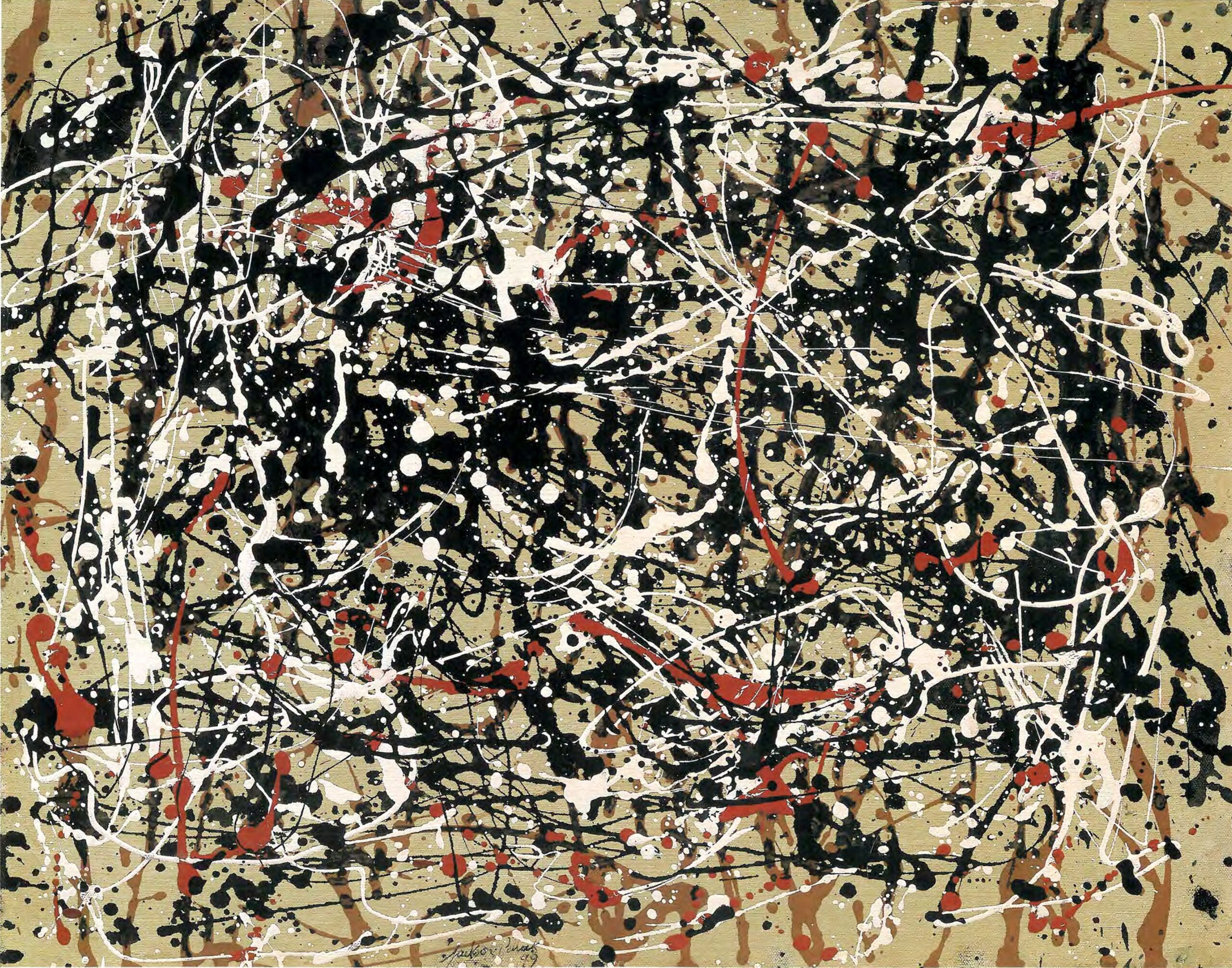Let’s dive into the mesmerizing world of drip paintings.
Imagine standing before an empty canvas, you’re not armed with any brush nor any palette knife. Now close your eyes and let the colours flow, let the colours do their dance on the canvas. They splatter, they stream, they spurt, leaving trails of emotions in their own way. This is drip painting- an art form that challenges conventions, where rules melt away like ice in hot summer.
This style of painting was first experimented within the first half of the 20th century. Jackson Pollock, the master of this technique knew no boundaries. He flung paint with chaos into beauty. Gloss enamel paints meant for walls found new purpose on his palette. His tools? No brushes, but intuition and passion. Pollock’s process was like a ritual where the canvas became an arena of action, the finished pieces often large and intense, capturing raw energy and subconscious impulse. They weren’t just paintings; they were the residue of creation itself.
His paintings like “Number 1A, 1948” or “One: Number 31, 1950” were the rebellion against the tyranny of form. They weren’t just compositions, they were experiences.
In Japan the Gutai group embraced pollock’s ethos, pushing boundaries with their own radical experiments. Many artists followed suit recognizing that art needn’t be confined. Pollock set them free- free to explore, to spill, to create chaos with a purpose.
Drip paintings aren’t just about aesthetics, it’s about surrender. It’s about letting go of control and letting the universe speak through pigments. The canvas absorbs every drop, each splash a testament of spontaneity. This art is a conversation between artist, paint and gravity.
Drip painting transcended fine art, influencing fashion, music and films. It symbolizes freedom, rebellion and experimentation. Even today artists draw inspiration from this bold and anarchic style.
image source – (692) Pinterest Jackson Pollock
